_@FannyFlory-700x437.jpg)
Breaking Travel News interview: Gregory Millon, general manager, Molitor Paris
“My time here has been like a rollercoaster, a beautiful rollercoaster,” jokes Gregory Millon as we sit down to coffee.
The recently appointed general manager of Molitor, a landmark swimming pool-cum-hotel on the outskirts of Paris, is in expansive mood as he takes me through his ambitions for the role.
“We are here to be discovered, by Parisians as well as visitors from around the world, this is a city resort,” he continues.
“Molitor is no longer just as a pool, as it was for many years, but it is now not just a hotel either, and this is where we are working, to get this new message out.
“We now have a strong offering, in terms of art, entertainment and music.
“Molitor is still famous for the pool, three-out-of-four taxi drivers at the airport will mention the pool if you ask for us, but we are working to communicate that there is now much more on offer here.
“Five years after the renovation process of the site was completed, we are still working on this - we are seeking to activate the British market, of course, but even among Parisians, there is still potential we are looking to exploit.”
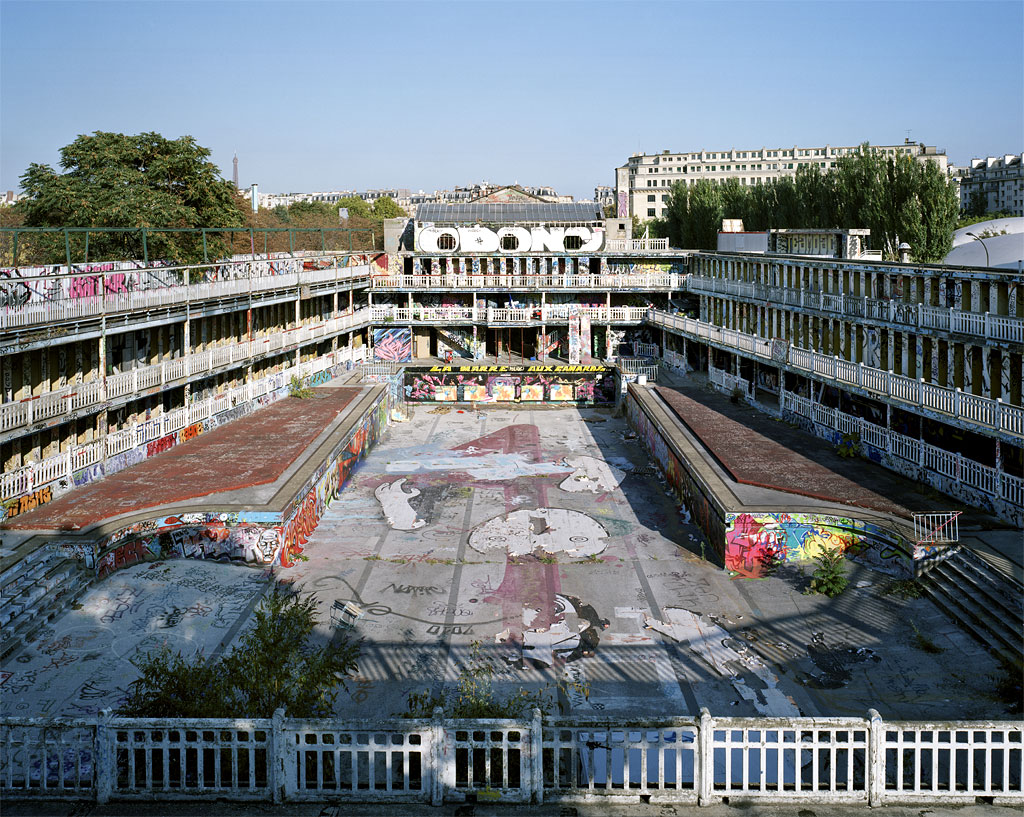
Molitor fell into disrepair early in the millennium
Celebrating its 90th anniversary this year, Molitor traces its roots to the interwar years in the French capital.
First opening its doors in 1929, it became a fixture of the Parisian scene, primarily due to its two iconic swimming pools.
The first, a 46-metre outdoor Art Deco pool, is the centrepiece of the hotel, while there is also a 33-metre indoor ‘winter’ pool.
Both are maintained year-round at 28°C.
For decades Molitor was the epitome of French culture, with the first modern bikini (designed by Louis Réard) even unveiled there in 1946.
To add to the location’s rich history, the 1929 US Olympic gold medallist and future Tarzan actor, Johnny Weissmuller, was also an instructor at the pool.
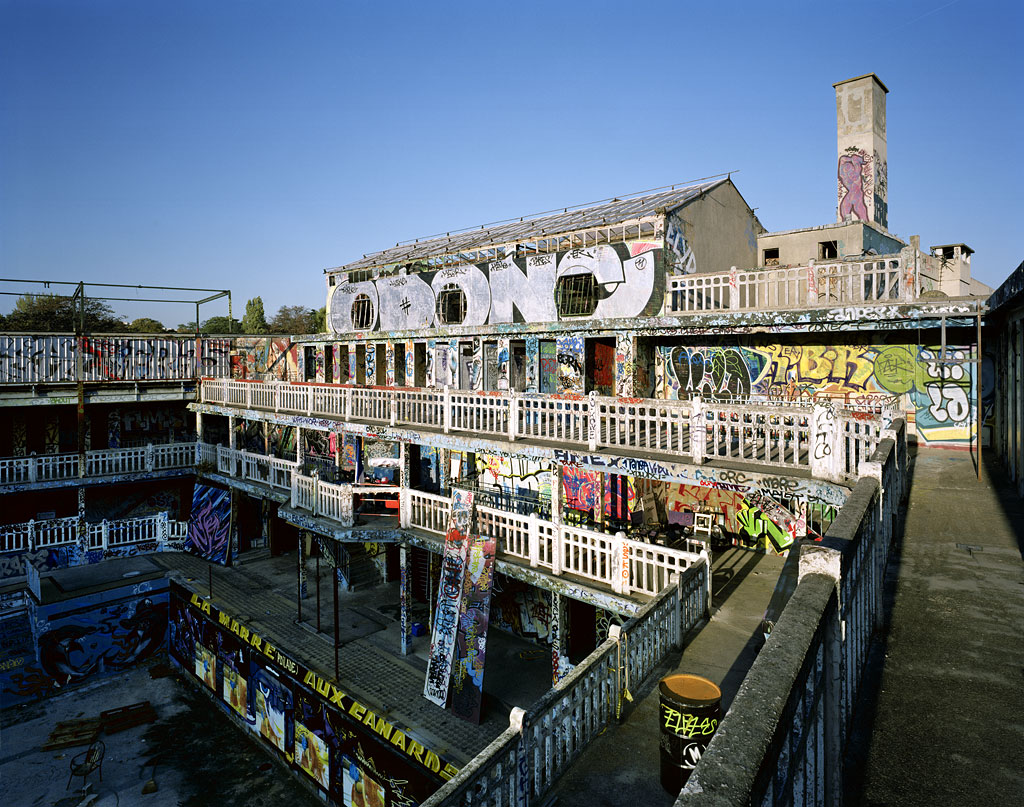
Authorities sought to reinvigorate the location in 2010
However, during the late twentieth century, the location fell out of favour and was essentially left derelict.
Millon details: “We now say that Molitor is entering its third life.
“It opened originally in 1929, designed by the architect Lucien Pollet in the Art Deco style, and this was its first life – a pool for the Parisians.
“There was less leisure time at this point in history, so it was not a hotel, just a pool for the people of the city.
“But over time, the investment required to keep the location running was not viable, the business model did not work.
“Toward the late 1980s, it was decided Molitor would shut down - there were some local protests, which keep it open until the early 1990s.
“The building was left, with nature exacting its power on the property.
“For the second life, the underground movement arrived; when you have a building such as this, even when it is closed to the public, people are still attracted.
“There were concerts, as well as the development of the graffiti movement, street art and major raves.
“This period finished in 2010 when city hall put out a tender to renovate Molitor and Accor became involved.”
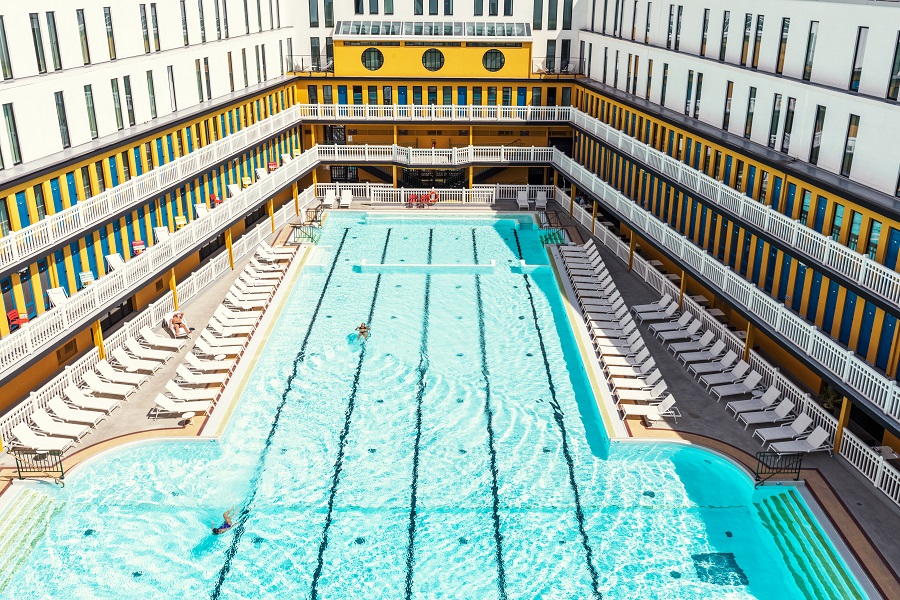
The hotel is today seeking to reclaim its place in Parisian society
In 2014, the building reopened as Hôtel Molitor Paris, part of the MGallery Hotel Collection.
“Accor were involved right from the start of the project and, interestingly, the financial partner on the hotel at the time, Colony Capital, was led by Sebastian Bazin, who is now the chief executive of Accor,” continues Millon.
“He is a huge art lover and a child of the 1960s – and Molitor is all about that.
“For Parisians, and especially for those of us who live on the outskirts, this hotel is a connection, everybody has a family member who came here to swim or ice skate.”
He adds: “As we began our third life, the building was listed for its historic significance.
“We had to remove everything, down to the ground, and then rebuild it exactly as it was - the builders managed to maintain some historic walls, but nearly everything is new.
“Today, we have the Art Deco represented here, as well as the street art – all three lives of the Molitor.
“We also have the Rolls Royce in reception, a symbol of luxury – so, it is all there.
“There are 250 pieces of art spread across the whole hotel, from paintings on the walls, to the cabins at the swimming pool and sculptures in reception.”
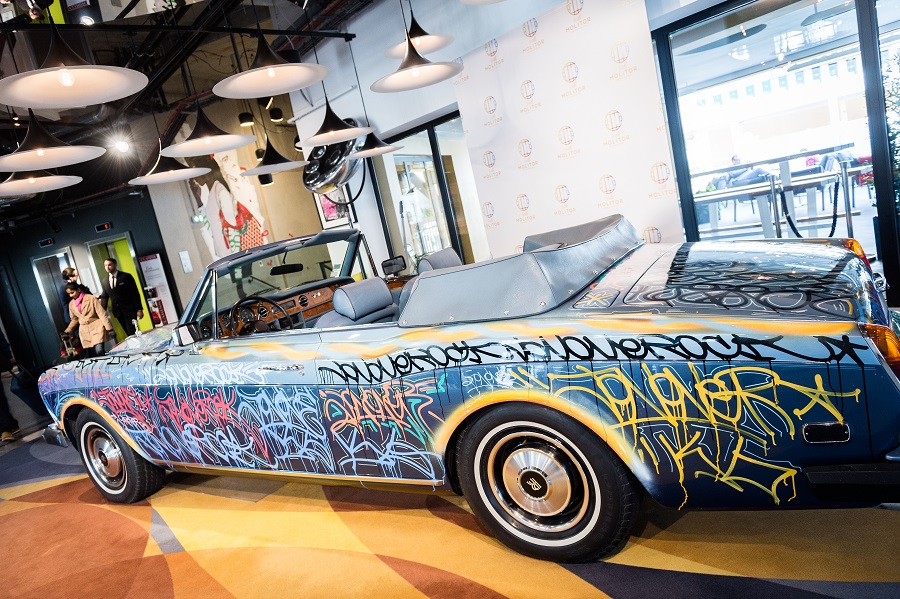
Glimpses of yesteryear at visible throughout the hotel
Today, Molitor sits on the periphery of Paris, an escape for the more discerning traveller.
Contemporary in design, the hotel has 124 rooms and suites, a seasonal roof-terrace and fine-dining restaurant, as well as the largest spa facilities in the city.
It is branded as a five-star property, but does not compete with Hôtel Ritzor or Hôtel de Crillon in the French capital, catering instead to a more modern, bohemian crowd.
“Here, at Molitor, we are at the door of luxury, we describe it as ‘contemporary luxury’.
“We are slightly more informal; both in terms of the service and the look of the hotel,” adds Millon.
“We use a lot of wood, stone and metal, all of which is designed to complement the history of the building – but the key is the service.”
He continues: “We are in the sixteenth arrondissement here in Paris, one of the nicest parts of the city.
“There is not a lot of commercial activity here, although the famous French brand Lacoste recently moved their global headquarters to the area.
“It is mainly residential – but this is an advantage for us - Paris can be crowded, especially if you are travelling by car.
“We are right on the edge of town, so we have direct access to three motorways, while we are right between Charles de Galle airport to the north and Paris Orly to the south – we are very easy to get to.
“If a businessman was to come by helicopter, we also have the heliport nearby – something we must not ignore.
“For travellers, we are close to Paris, but on the outside – we are a glimpse of time, not even 15 minutes, from the Eiffel Tower, but people can breathe.
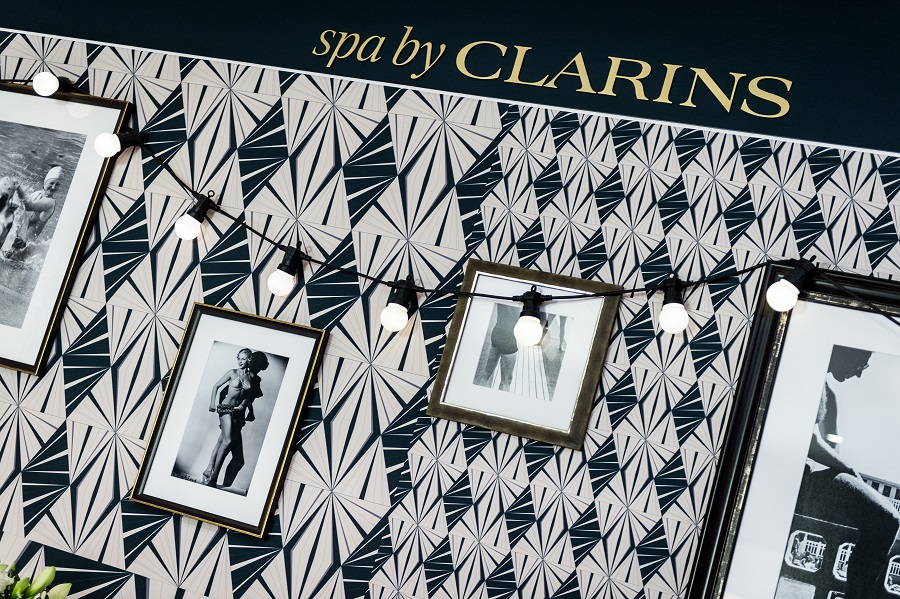
Molitor is today home to the largest spa in Paris
A French native, Millon is also keenly aware how the Parisian market has developed in recent years, with new arrivals driving up standards across the city.
“Each market has its complexity, and Paris is no different,” he tells me.
“Over the last ten years there has been a full transformation of the market, with the arrival of emerging Asian brands including Shangri-La and Peninsula.
“These hotels have boosted the old Parisian palace – such as the Ritz, the Crillon and others – they are now being pushed, whereas before they were perhaps a bit complacent.
“Demand has also been rising, from the Middle East and China, for example, which has accelerated the process.”
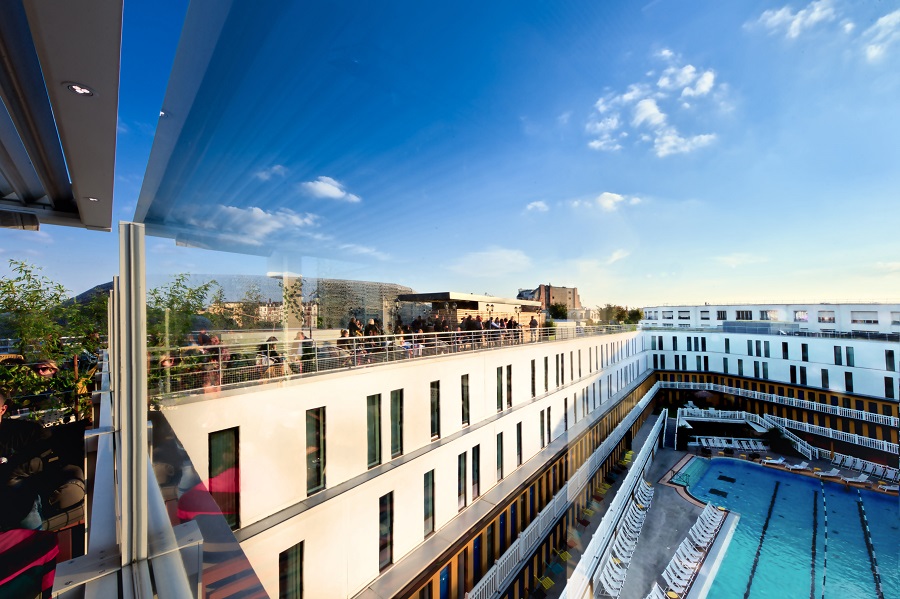
Fine dining is also back on the menu at Molitor
More recently, the city has been making headlines for the wrong reasons, with the horrifying loss of the Notre-Dame cathedral to fire and ongoing ‘yellow vest’ protests taking a toll on the tourism sector.
Millon explains: “Paris has suffered from the social movement; it has affected those who do not know Paris well.
“If you are visiting for the first time, it can be scary, to see this happening in the city, and we did suffer a little during January and February this year.
“However, as we are on the outskirts of Paris, guests flew away from the centre of the city, toward us, so we suffered less than some of our competitors.
“We were able to maintain our prices, and did gathered some volume - in general, the hospitality market in Paris has been quite strong.
“In some of the markets we are targeting, however, local authorities are warning against potential dangers in Paris.
“For this reason, we are hoping the movement will cease; of course, people have the right to protest, but there are other ways of going about it.
“There has also been a huge impact on local businesses, and these are the people that suffer, shop owners on the Champs Elysee who have been forced to close because of the protests.”
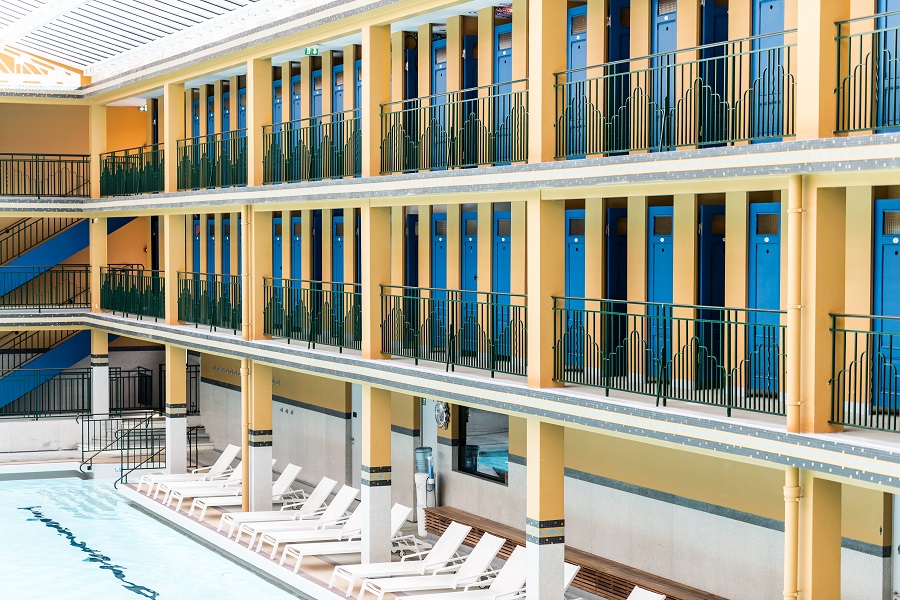
The hotel welcomes guests year-round to its two iconic pools
Returning to his them, Millon seems excited for the challenges ahead at Molitor, as it works to regain its rightful place at the centre of Parisian life.
He concludes: “As leader of the Molitor you have to follow the patterns of the hotel; there is a strong seasonality to the property.
“The year really begins, for us, with Rolland Garros and the French Open tennis, which is side-by-side with the hotel – this is a peak time for us.
“We then move into the MICE season throughout the summer, as well as the leisure markets on the weekend.
“It is a rollercoaster each day, and then throughout the year.”
More Information
Molitor is an iconic hotel located in Western Paris, 25 minutes from the city-centre, adjacent to the world-renowned Roland Garros tennis courts and ten-minutes from the Eiffel Tower.
Contemporary in design, Molitor has 124 minimalistic rooms including seven suites.
Find out more on the official website.
Eurostar
Eurostar remains the most comfortable way to reach Paris and operates up to 19 daily services from London St Pancras International to Paris Gare Du Nord.
One-way fares start from £29, based on a return journey, while the fastest London-Paris journey time is two hours and 15 minutes.
Tickets are available from the official website or on 03432 186 186.
Chris O’Toole

